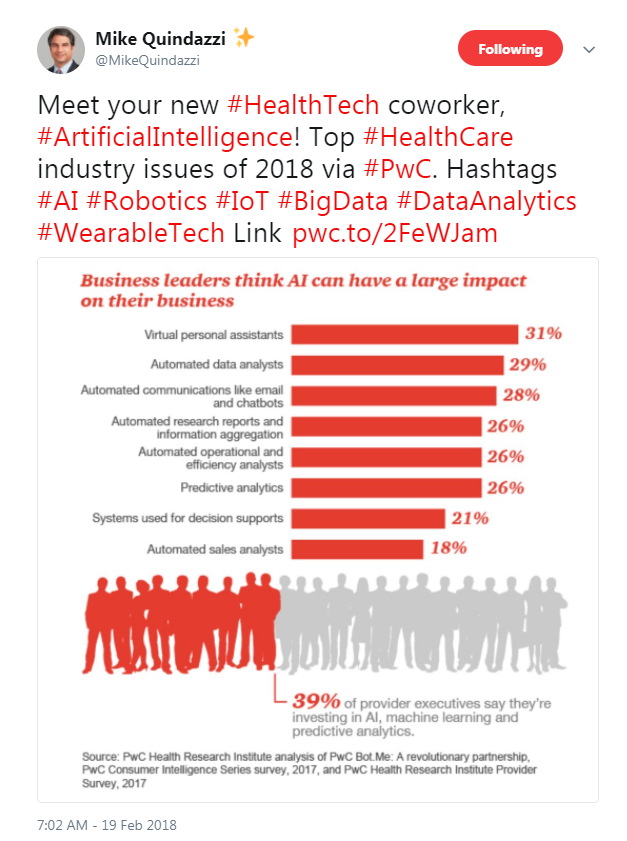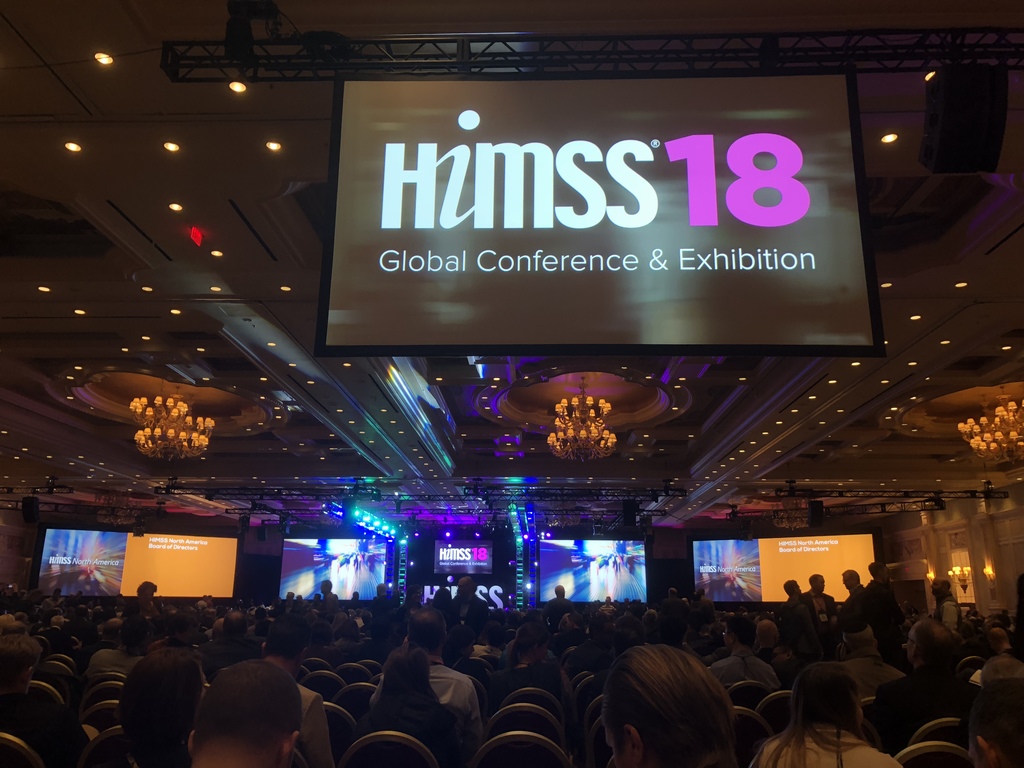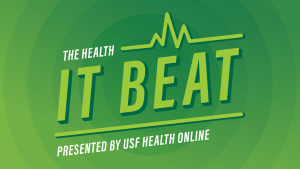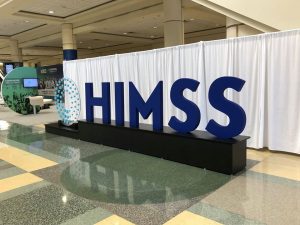The healthcare industry is entering a new era, one in which technological innovation is beginning to move at a speed not previously seen.
While there are obstacles for industry regulators to navigate still, such as the trusted exchange of healthcare information, the next few years will see an onslaught of technological solutions to issues plaguing healthcare professionals along the continuum of care. The fuel for this spark of innovation is consumer buy-in which, according to industry research, is not hard to come by.
A 2017 survey from Black Book Research found that 83% of providers are looking at technology solutions that resemble ones used in retail due to an increasing culture of patient consumerism.
This followed a 2016 report from Deloitte that showed patients have a steadily growing appetite for technology enabled care. The survey presented use cases, with consumers showing the biggest interest in telemedicine, followed by remote patient monitoring, drones for medical assistance and robots for disease diagnosis.
Healthcare business leaders are starting to see AI growing in importance. This tweet from Mike Quindazzi, Managing Director of PricewaterhouseCoopers’ Strategy&, shows the growing interest from provider executives and healthcare business leaders.

Former Executive Chairman of Google’s parent company, Alphabet Inc., Eric Schmidt opened HIMSS18 with a speech titled “Technology for a Healthier Future: Modernization, Machine Learning, and Moonshots.” In it, he was critical of the healthcare industry’s slow adoption of tech and encouraged the thousands of health IT professionals in attendance to run toward innovations such as the cloud, AI and machine learning.
“Innovation is happening too slowly,” Schmidt said. “Run to the cloud. Proprietary data centers had logic ten years ago, but now cloud solutions are more secure and allow you all to focus on innovation. Healthcare needs to move to an open data architecture. We need more powerful networks and to take advantage of machine learning. It’s too conservative right now for where it should be.”
Who Is the Consumer?
The key to the standardization of new technology may have less to do with physician and patient than you might think. According to the Deloitte report, the most significant interest in using these tools comes from another population, that of caregivers. In particular, remote patient monitoring was of interest to caregivers.
The amount of work that can be done via the internet of things courtesy of devices such as wearables and sensors, both internal and external, is growing and does not necessarily involve any active participation from the patient. Passive sensors can collect data, store it and share it with care teams without the patient altering their daily routine. With analytics software providing valuable insight, care teams can spend more time on patient engagement and education to have a bigger impact on outcomes.
The primary concern from many, however, is a reduction in the quality of patient care and the level of security surrounding patient data.
Schmidt, in his keynote speech, reiterated the power of the cloud to solve security issues.
“Why aren’t more patient care organizations moving rapidly to the cloud? You’re worried about HIPAA, you’re worried about information being stolen, but it’s more secure in the cloud,” he added.
Healthcare Innovators Coming Forward
Traditionally, innovators have thought of healthcare as over-regulated, slow to adopt new technology and an expensive industry in which to innovate. But according to data from Accenture, investments in digital health startups have spiked in recent years.
As a result, innovators are getting better at clearing regulatory hurdles more quickly. Last year, according to an article from The Economist, the Food and Drug Administration approved 36 connected health apps and devices.
Part of the reason for the expediency and investment dedicated to innovation comes down to who the players are driving innovation now. The Economist article mentions the addition of a new stakeholder in healthcare tech, that of tech giants like Google, Apple and Amazon along with other Silicon Valley types creating new apps and analytics platforms dedicated to providing a personalized approach to healthcare.
“Healthcare is becoming an information science,” Schmidt said. “You’re late to my world, but it’s 2018. It’s time to get going. I can think of no better way to address this than to hire more engineers.”
Schmidt’s keynote was built around the idea of a fully connected, AI-assisted healthcare system. He described a clinical decision support system he called “Liz” which would listen to doctor-patient conversations, document the entire interaction and provide advice to the doctor right there. And he believes the power to do that is not that far away.
“We’re not as far away as people think we are,” Schmidt told the audience in Las Vegas. “Everything I just described is buildable today or in the next few years.”
To get there, Schmidt described the need for a transformational application, something that brings it all together the way email did for online communication. He gave the example of Windows 95 to provide perspective.
“There’s the lack of a ‘killer app’—of something that causes all the data and information to become rationalized,” Schmidt said. “People forget that Windows 95 did not initially have internet on it; that was seen as an add-on. And before the smartphone came out, which was a killer app, phones’ data wasn’t integrated. Right now, apps are coming, but they solve specific problems. We still have to build systems and storage that are HIPAA compliant.”
Schmidt sees innovators such as Google playing a key role. The company has already played a huge role in solving issues around medical image sharing, and now they are working toward integrating voice recognition capabilities to make the idea of Liz a reality.
“The transition will go from workflow-based to voice-based,” he said. “So what does it take to make Liz? A common digital health data store; normalized data from all sources; longitudinal trend analysis, and the ability to predict next steps. You need voice transcription, voice translation, multi-speaker disambiguation, and language recognition. This is fundamentally a search problem, and Google is very good at search problems. But we need everyone to work together.”



